Thomas G. Mitchell
Thomas was born and raised outside of
Now that Digitally SLR photography is close to film, as an entirely self-taught artist, he has begun to seriously pursue photography as more than just a hobby in the last few years. He moved from the Middle East to
Thomas moved from
He is very critical about his work; it may take thousands of shots and days before he decides that one shot will be printed. He even had to drive hundreds of miles to return to the location in order to capture that perfect shot.
 Mule Deer Mule Deer gets its name from its large mule-like ears. It is an excellent swimmer, but water is rarely used as a means of escapeing predators. While unable to detect motionless objects, mule deer is extraordinarily sensitive to moving objects. When startled, it will move in a series of stiff-legged jumps with all four feet hitting the ground together. This gait offers two advantages: it allows the deer to out-distance predators in rough terrain, and to see above the thick brush.
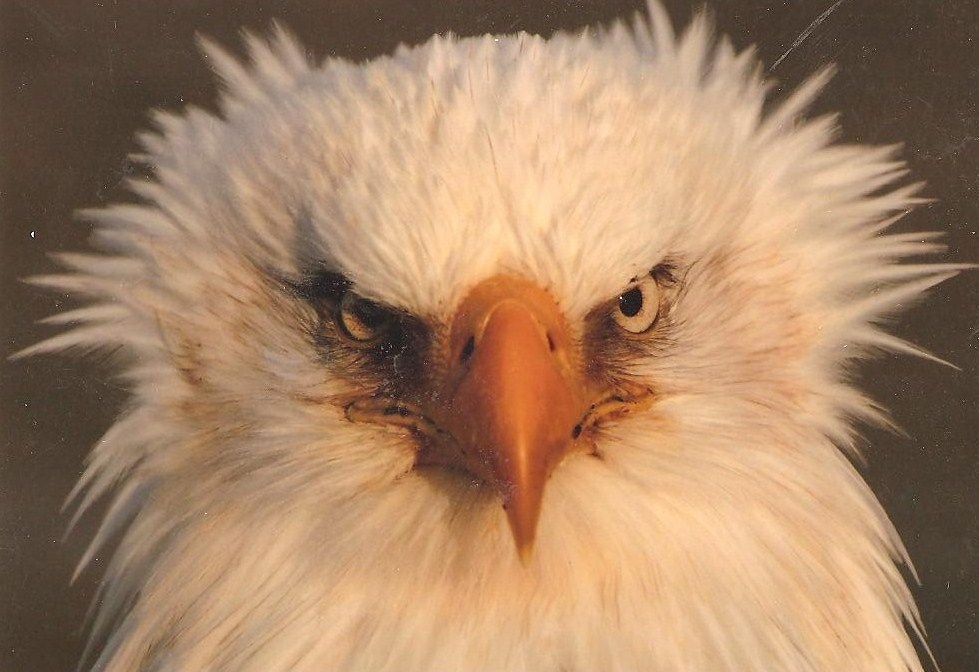 Bald Eagle Bald eagles can weigh 7 to 15 pounds, and have a wing span of 6 to 8 feet. This makes them one of the largest birds in North America that is most recognizable as the National Bird and Symbol of the United States 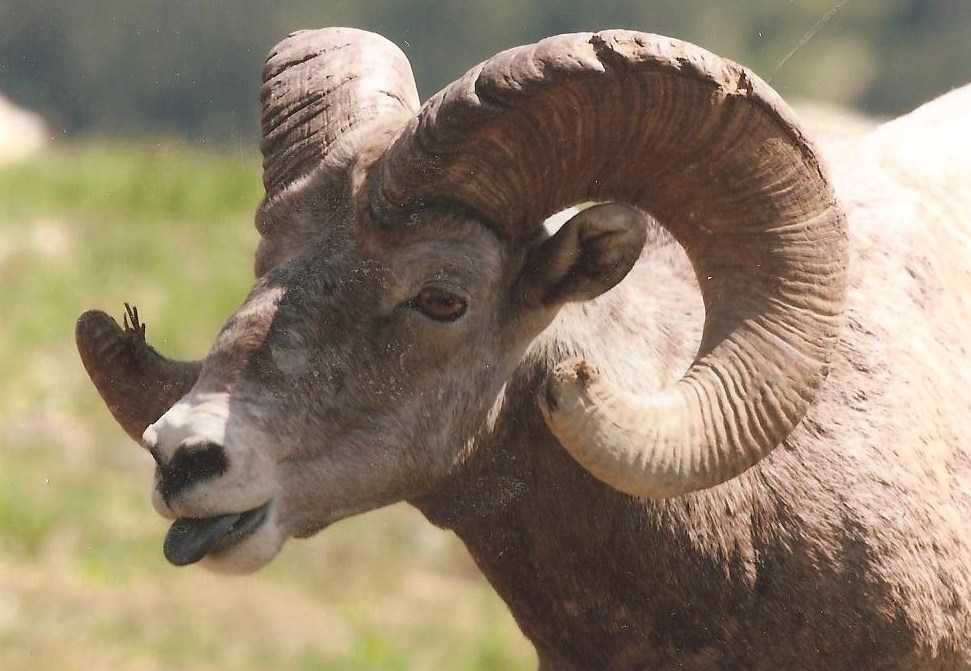 Bighorn Sheep The male sheep is called a Ram and can be recognized by his massive brown horns. Combat between rams has been observed to last for longer than 24 hours. Horn size is a symbol of rank and can weigh as much as 30 pounds. 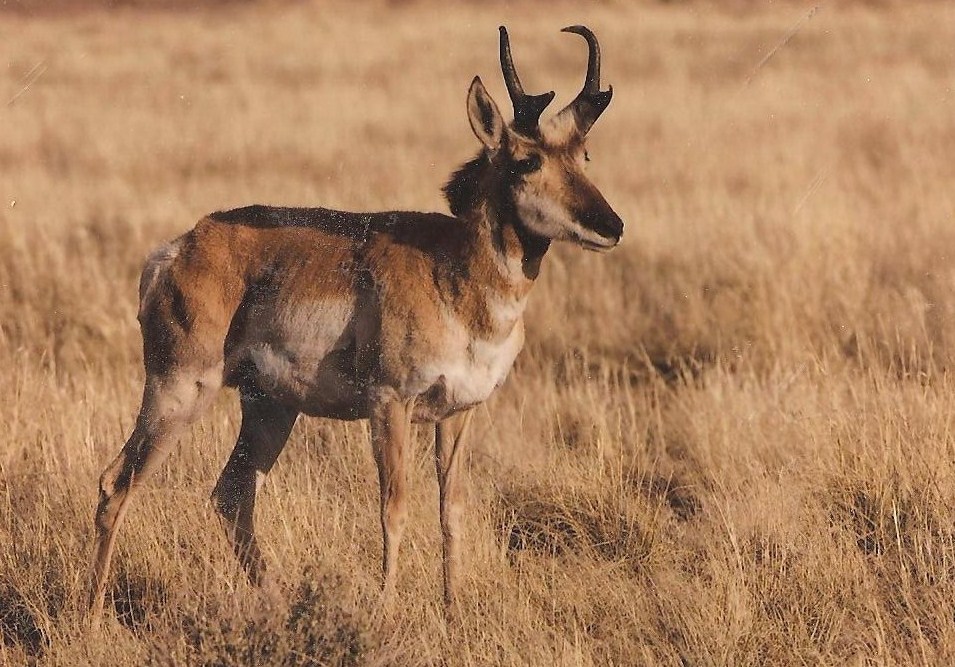 Pronghorn Antelope The Pronghorn is the second fatest land animal in the world, after the Cheetah. It can attain speeds of over 53 miles an hour. Both males and females sport impressive, backward-curving horns, some animals have horns more than a foot long. During the mating season bucks gather harems of females and protect them jealously-sometimesbattling rivals in spectacular and dangerous fights. 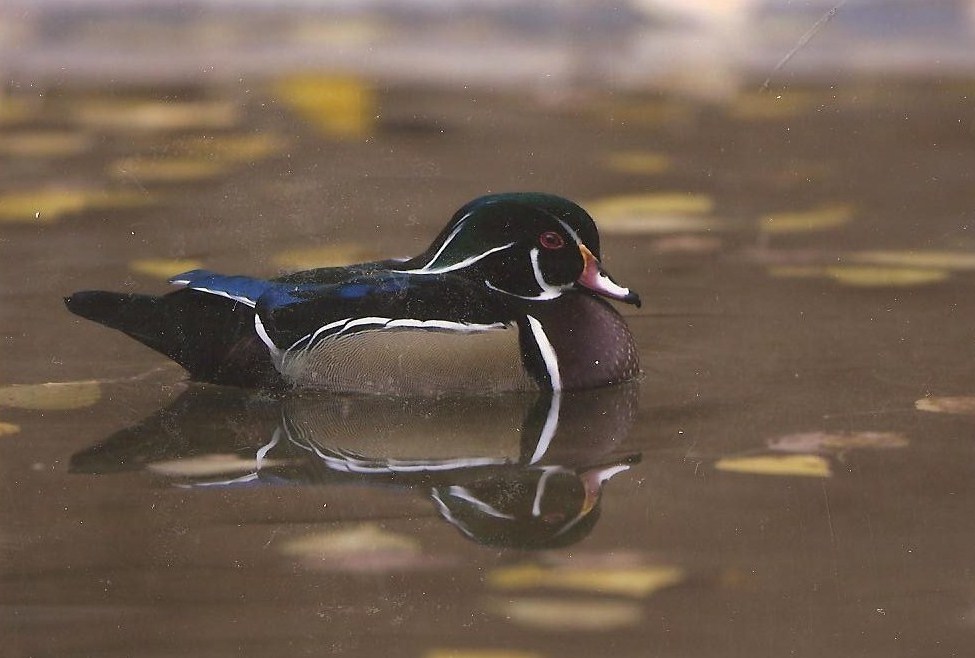 Wood Duck The adult male has distinctive multi-colored iridescent plumage and red eyes. When swimming, Wood Ducks bob their heads back and forth in a jerking motion, which make them easy to spot. The Wood Duck nests in trees near water. After hatching , the ducklings jump down from the nest tree and make their way to the water. The ducklings may jump from heights of up to 290 feet without injury. | 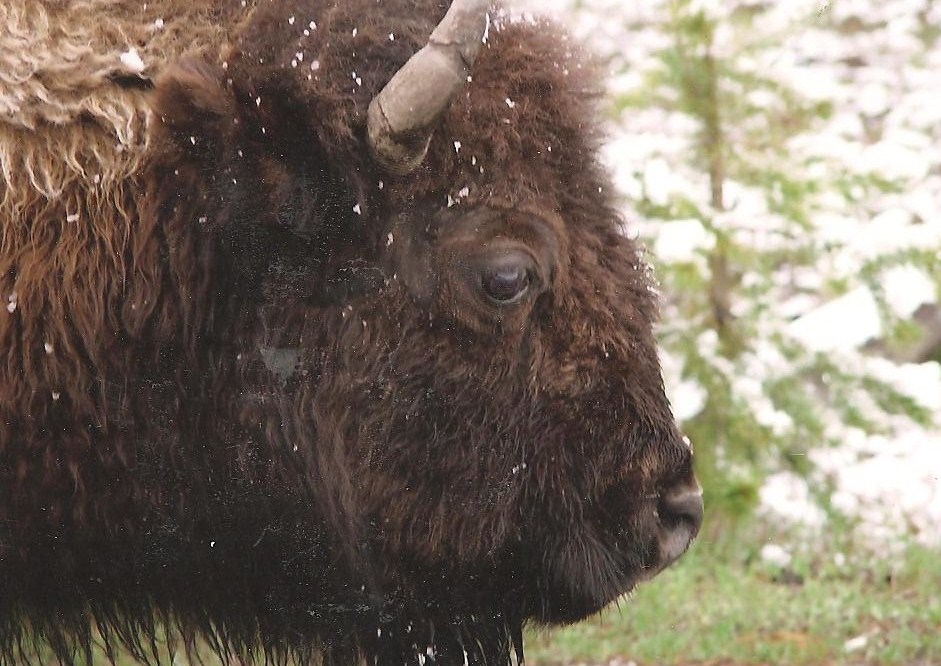 Bison Bison is the largest land mammal in North America. they are among the most dangerous animals encountered by humans. Although Bisons are not carnivorous, they will attack humans if provoked.They appear slow because of their lethargic movements, but can easily outrun humans. they have been observed running as fast as 35 miles per hour. Bison have poor eyesight, but have acute hearing and excellent sense of smell. The females, or cows, lead family groups. Bulls remain solitary or in small groups most of the year, but rejoin the group during mating season. 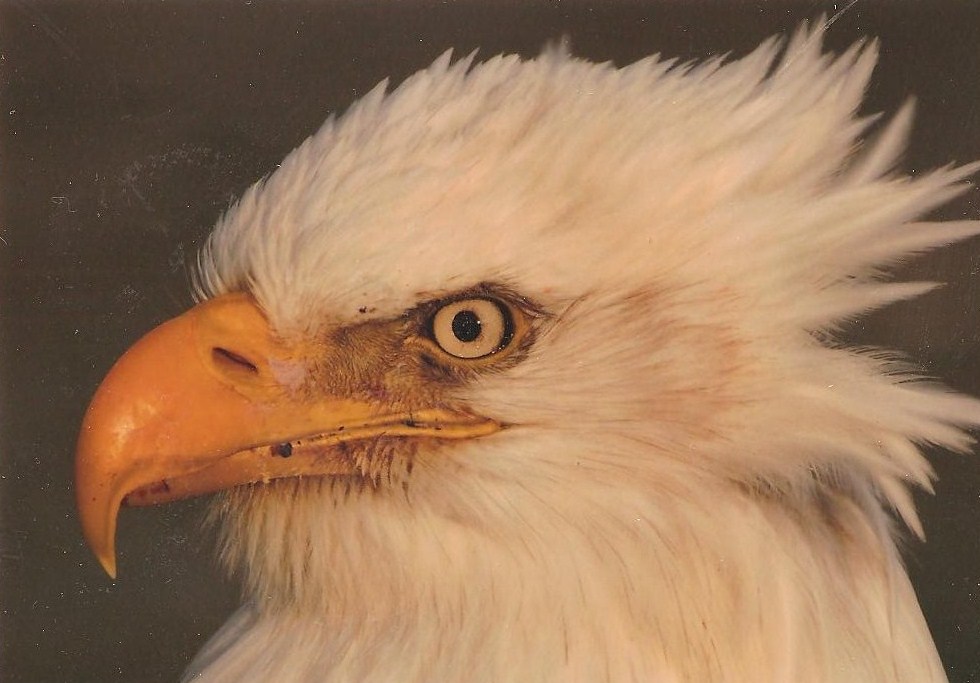 Bald Eagle They have a life span of up to 40 years in the wild, and longer in captivity. They are monogamous and mate for life, and will only select another mate if its faithful comppanion should die. 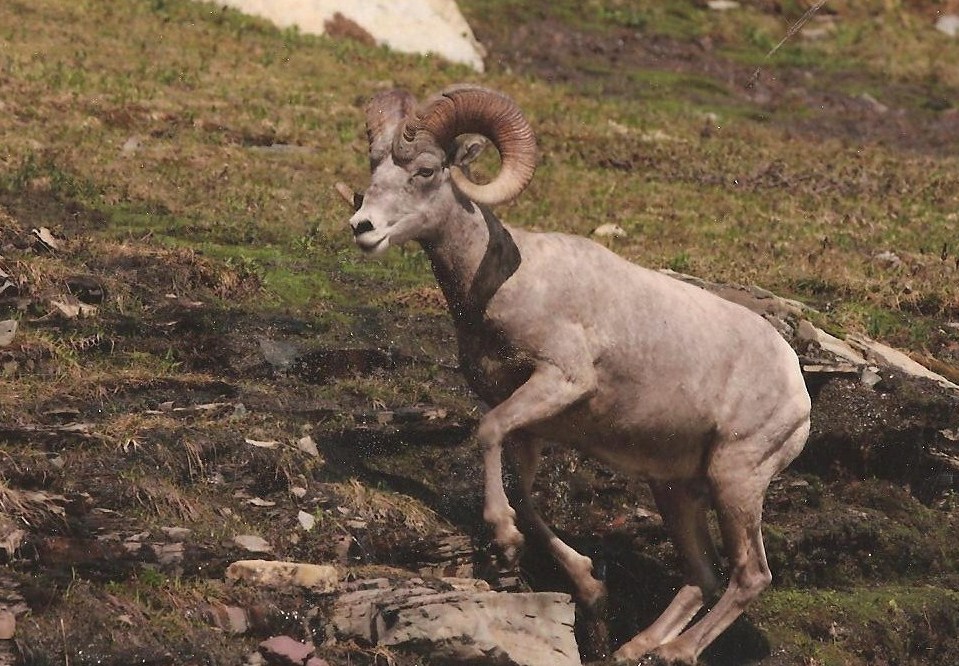 Bighorn Sheep Age as well as horn sizedetermines male dominance status. Mature males usually stay apart from females and yung for most of the year in seperate bachelor herds. 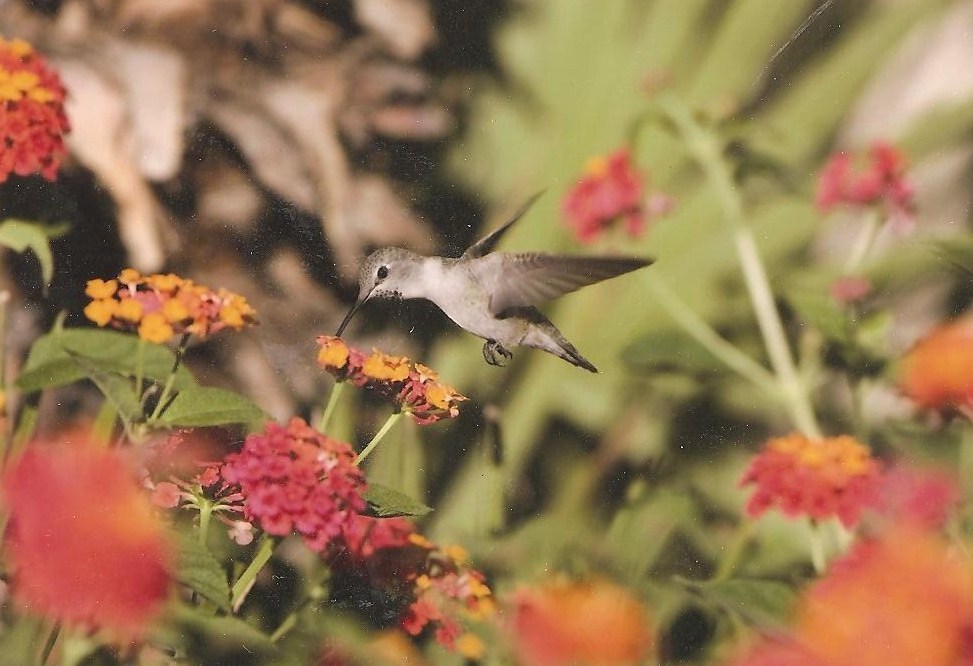 HummingBird Hummingbirds can hover in mid-air rapidly flapping their wings 15-200 times per second, depending on their species. they can fly backwards, and are the only group ob birds able to do so. Their English name derives from the characteristic hum made by their rapid wing beats. They can travel 60 mmiles per hour. They reject flower types that produce nectar which is less than 15% sugar and perfer those whose sugar content is around 25%, which makes them very picky eaters. 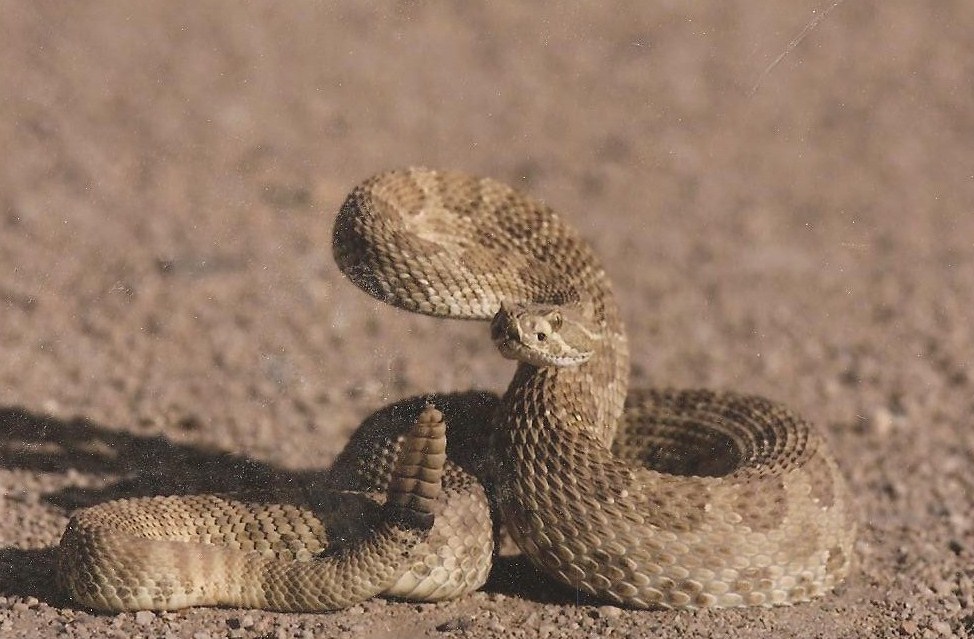 Rattlesnakes There are approximately 30 species of rattlesnake, with numerous subspecies. the young are self-sufficient from birth. Rattlesnake venom can kill in 20 seconds, but a rattlesnake will follow pprey that does not quickly succumb to the venom and attemps to escape.Rattlers are known to strike at a distance up to 2/3s of their body length. Most species of rattlesnakes have hemotoxic venom, destroying tissue, degenerating organs and causing coagulopathy. Around 8,000 people are bitten by venomous snakes in the United States each year. On average, fewer than 15 snakebite deaths are reported. |